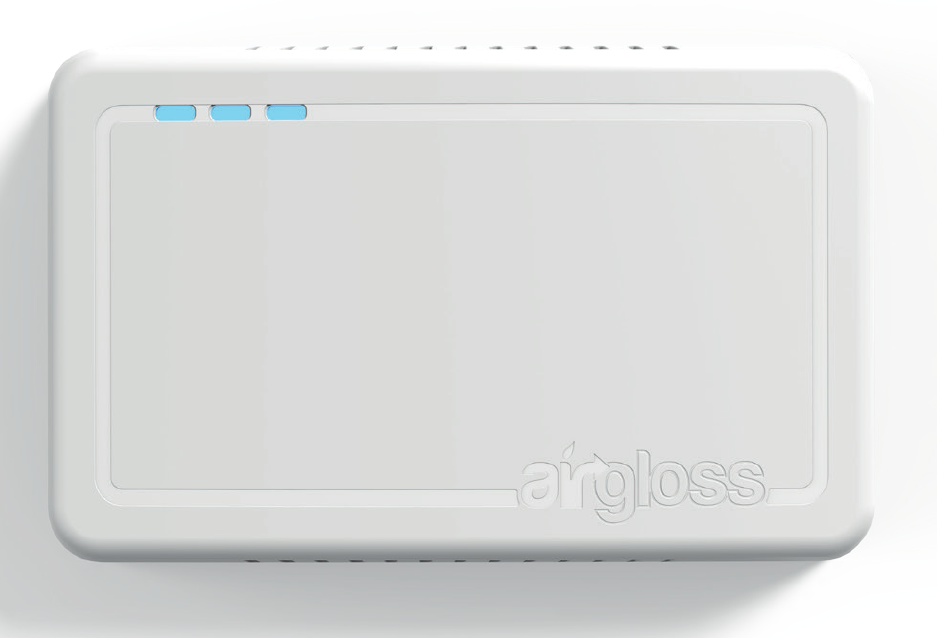The quality of indoor air plays a significant role in good health, as we people in a modern world we spend most of out time inside in places such as homes, offices, back and other types of buildings. In these spaces there are harmful compuinds and organisms in the air. These over time can cause health issues
What are the results of poor IAQ?
Over the last few decades, the concentration of air pollution has increased because of many different factors , including the construction of more air tight buildings combined with the reduction of ventilation, this can lead to many short-term and long-term effects.
The effects that air quality depend on a few factors. Some of which are; the duration of time exposed to higher level of pollutants, the different types of pollutant. In some cases, poor air quality can begin causing effects almost immediately. Common short-term effects include dizziness, fatigue, headaches. Ongoing exposure to higher levels of pollutants can potentially lead to, respiratory and diseases, cancer, and other health conditions
Why are good ventilation and filtration systems needed to combat poor IAQ?
When an HVAC system draws in air to service the spaces within the building, material can easily pollute the air inside (without even considering indoor sources of particulate matter). The air filters in your air handling unit (AHU) are designed to get rid of this particulate, and therefore the amount and sort of particulate that the filters remove will depend upon the filter’s Minimum Efficiency Reporting Value (MERV) rating.
For buildings located in highly polluted areas, the ventilation system’s air filters are the building’s best line of defense against stuff. Volatile organic compounds (VOCs)
Unlike stuff, the bulk of which originates from the outside, volatile organic compounds (VOCs) are chemicals that are usually emitted by materials and products indoors. VOC concentrations are reduced through indoor source control, replacing certain products with low-emitting alternatives.
However, the best way to manage VOCs within buildings is that of
ventilating system. Increasing the provision of fresh, outdoor air dilutes indoor VOC concentrations to safe levels, and therefore the VOCs are later exhausted through return vents.
Carbon dioxide (CO2)
Carbon dioxide features a very similar relationship with ventilation as VOCs do. Outdoor levels of greenhouse gas are generally much below indoor levels, so introducing more fresh air into the building will likewise reduce CO2 concentrations.
Ways to stay on top of poor IAQ
A good way to stay on top of high levels of air pollution is to implement indoor air quality monitors which either link to the buildings BMS system or a smart phone so mitigations such as the ones shown below can be switched on remotely and redice the concentrations of indoor air pollutants


